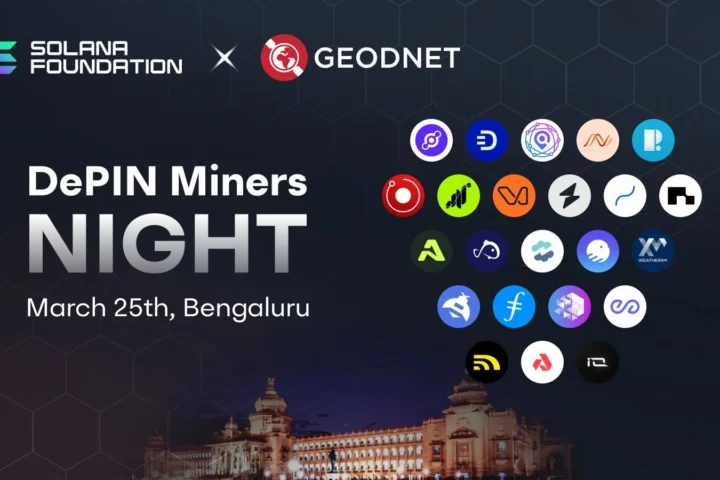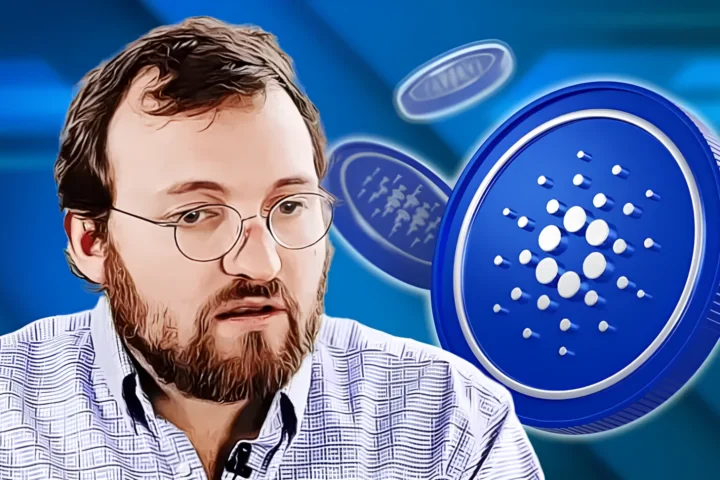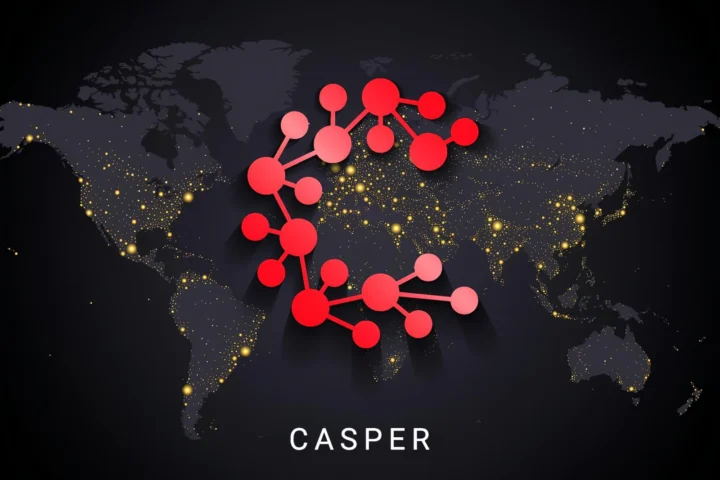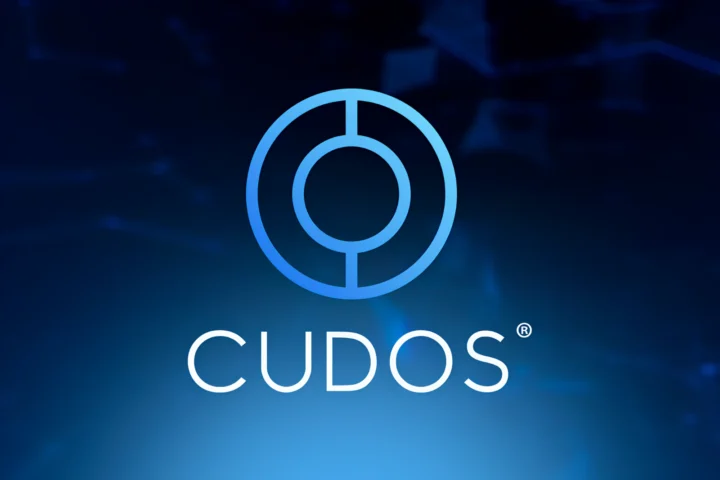Solana blockchain, launched in 2020 by Solana Labs, is a high-performance blockchain known for its speed, low fees, and scalability. It processes over 65,000 transactions per second (TPS) and offers fees as low as 1 cent. Solana blockchain uses a unique proof-of-history consensus, enhancing scalability and efficiency. Users can stake SOL for rewards, and the network does not require layer-2 solutions.
Overview of Solana
Solana is a high-performance blockchain platform launched in 2020 by Solana Labs, founded by Anatoly Yakovenko and Raj Gokal in 2018. It utilizes a proof-of-stake (PoS) mechanism and a unique proof-of-history (PoH) consensus to achieve remarkable transaction speeds and scalability. Solana blockchain processes over 65,000 transactions per second (TPS) with average fees as low as 1 cent.
The platform supports smart contracts and NFTs, making it a fast and efficient alternative to Ethereum. Solana’s eco-friendly approach and ability to handle high transaction volumes without layer-2 solutions have attracted a growing developer community and user base. Despite its advantages, Solana faces challenges such as network instability and a smaller ecosystem compared to Ethereum.
Solana Blockchain Architecture
Solana’s blockchain architecture is designed for high throughput and low latency. It combines Proof of History with Proof of Stake to ensure fast and secure transaction processing, making it ideal for DeFi and NFT applications.
Validators and Clusters
Validators are the core nodes that maintain the Solana network, ensuring its security and reliability. Clusters consist of multiple validators working together to achieve consensus and process transactions. Running a validator requires significant computational resources and technical expertise. Validators earn SOL tokens for their contributions, incentivizing network participation and security. The cluster architecture allows for efficient communication and coordination among validators, enhancing the overall performance and scalability of the Solana blockchain.
Consensus Algorithm: Proof of History (PoH)
Proof of History (PoH) is a cryptographic clock mechanism that timestamps events, enhancing Solana’s scalability and speed without requiring sharding or additional consensus layers.
How Proof of History Works
Proof of History (PoH) uses a verifiable delay function (VDF) to create a sequence of hashes, each dependent on the previous one. This cryptographic sequence acts as a timestamp, proving the order and time of events. Validators can quickly verify this sequence, ensuring consensus without the need for complex and energy-intensive mining. PoH enhances Solana blockchain throughput and reduces transaction confirmation times, making the blockchain highly scalable and efficient.
Tokenomics of Solana
The SOL token is the native cryptocurrency of Solana blockchain, used for transaction fees, validator rewards, and governance. It plays a crucial role in the network’s security and decentralization.
SOL Token and Its Uses
The SOL token serves multiple critical functions within the Solana blockchain ecosystem. It is primarily used to pay transaction fees, ensuring network operations are efficient and secure. Validators receive SOL as rewards for their work in maintaining the blockchain, incentivizing participation and network stability.
Additionally, SOL holders can participate in governance, voting on proposals to improve the network. The token’s utility extends to staking, where users can lock their SOL to support the network and earn rewards, contributing to the blockchain’s security and decentralization.
Use Cases of Solana
Solana’s high throughput and low fees make it ideal for DeFi applications, NFTs, and DApps, enabling fast and cost-effective transactions for a wide range of decentralized services.
DeFi, NFTs, and DApps
Solana’s robust infrastructure supports a thriving ecosystem of decentralized finance (DeFi) applications, non-fungible tokens (NFTs), and decentralized applications (DApps). DeFi protocols on Solana blockchain offer high-speed transactions and low fees, making it an attractive platform for trading, lending, and borrowing.
NFTs on Solana benefit from fast minting and low gas costs, fostering creativity and innovation. DApps leverage Solana’s scalability to deliver seamless user experiences, from gaming to social media, ensuring a wide range of decentralized services are accessible and efficient.
Pros of Solana
Solana offers several compelling advantages that make it a standout in the blockchain ecosystem. One of its most notable features is its high transactions per second (TPS), capable of processing over 65,000 TPS, significantly outpacing Ethereum’s 14 TPS. This high throughput ensures fast and smooth transaction processing. Additionally, Solana blockchain transaction fees are exceptionally low, typically less than $0.025, making it highly cost-effective for users.
The blockchain’s unique proof-of-history consensus mechanism enhances scalability by defining the next block with a timestamp, ensuring efficient and secure transactions. Solana blockchain also supports a vibrant NFT community, making it a popular choice for digital artists and collectors. It serves as a fast and efficient alternative network for smart contracts, offering a more eco-friendly solution compared to energy-intensive blockchains like Bitcoin.
Users can stake Solana (SOL), earning rewards for their participation, and the network’s design eliminates the need for complex layer-2 scaling solutions, shards, or sidechains, simplifying the user experience.
High Transactions Per Second (TPS)
Solana stands out in the blockchain world with its exceptional transaction processing speed, capable of handling over 65,000 transactions per second (TPS). This is a significant leap from Ethereum’s 14 TPS, making Solana one of the fastest blockchains. The high TPS is achieved through a combination of proof-of-stake (PoS) and proof-of-history (PoH) mechanisms.
PoH introduces a timestamp to each block, ensuring a chronological order without the need for additional consensus steps. This innovative approach not only enhances speed but also reduces latency, making Solana an efficient and reliable platform for high-volume applications like decentralized finance (DeFi) and non-fungible tokens (NFTs). The fast transaction times and low latency are crucial for a smooth user experience, especially in real-time applications and high-frequency trading.
Low Fees: Less than $0.025
One of Solana blockchain most attractive features is its incredibly low transaction fees, which average just 1 cent. This makes it a cost-effective solution for users and developers, especially when compared to networks like Ethereum, where fees can soar during peak usage. The low fees are a result of Solana’s efficient architecture and proof-of-history consensus mechanism, which significantly reduces the computational overhead and energy consumption.
This makes Solana an ideal platform for high-frequency transactions, such as those in the NFT and DeFi sectors, where users can execute trades and smart contracts without the financial burden of high fees. Additionally, the low fees encourage broader adoption and participation, making it more accessible for a wider range of users, from small-scale projects to large enterprises.
High Levels of Scalability: Proof-of-History Consensus
Solana blockchain high levels of scalability are primarily attributed to its innovative Proof-of-History (PoH) consensus mechanism. PoH introduces a unique method of timestamping transactions, ensuring that the order of events is cryptographically verified. This eliminates the need for nodes to synchronize clocks, significantly reducing latency and increasing transaction throughput.
Solana can process over 65,000 transactions per second (TPS), making it one of the fastest blockchains. The PoH consensus also enhances security and efficiency, allowing Solana to support a wide range of applications, including smart contracts and NFTs, without the need for complex layer-2 solutions. This makes Solana an attractive platform for developers and users looking for a fast and efficient blockchain environment.
Cons of Solana
Despite its advantages, Solana faces several challenges. It has fewer projects and DApps compared to Ethereum, limiting its ecosystem. The network has experienced instability, including multiple DDoS attacks and outages in 2022, raising concerns about reliability. Additionally, Solana’s inflationary model, with an 8% annual increase in SOL supply, and a projected 43% increase by 2027, may impact long-term token value. These factors highlight areas where Solana blockchain needs improvement to solidify its position in the competitive blockchain landscape.
Fewer Projects and DApps Compared to Ethereum
While Solana is renowned for its speed and efficiency, it still lags behind Ethereum in terms of the number of projects and decentralized applications (DApps). Ethereum, being the pioneer in smart contracts, has a more mature and extensive ecosystem with a larger developer community. This disparity means that Solana users have fewer options for DApps, DeFi protocols, and other blockchain-based services.
However, Solana blockchain is rapidly catching up, with a growing number of projects and a vibrant NFT community. The platform’s high transaction speeds and low fees are attracting more developers and users, but the gap with Ethereum remains significant. This limitation can affect the overall utility and adoption of Solana in the broader blockchain landscape.
Network Instability: DDoS Attacks and Outages
Solana has faced significant network instability issues, notably from DDoS attacks and outages. In 2022, the platform experienced multiple disruptions, causing service interruptions and affecting user experience. These outages have raised concerns about the network’s reliability and security.
While Solana blockchain high transaction speeds and low fees are impressive, the frequency and impact of these incidents highlight the need for robust security measures to ensure consistent performance and user trust. The platform’s developers are actively working to address these issues, but the history of network instability remains a critical point of consideration for potential users and developers.
Aggressive Emission Schedule: Supply Increase by 43% by 2027
Solana’s tokenomics feature an aggressive emission schedule, with the supply of SOL expected to increase by 43% by 2027. This significant increase raises concerns about potential dilution and the long-term value of the token. The annual inflation rate of 8% is designed to reward validators and ensure network security, but it also means that the total supply of SOL will continue to grow.
Critics argue that this high inflation rate could lead to decreased token value over time, especially if the demand for SOL does not keep pace with the increasing supply. This aggressive emission schedule stands in contrast to blockchains with fixed token supplies, such as Bitcoin, and could impact investor confidence and the token’s stability in the long run.
Challenges Facing Solana
Despite its innovations, Solana blockchain faces challenges such as security vulnerabilities and centralization concerns, which could impact its long-term sustainability and user trust.
Security and Centralization Concerns
While Solana blockchain Proof of History enhances speed, it has raised security and centralization concerns. Critics argue that the reliance on a small number of validators could lead to potential vulnerabilities and attacks. Additionally, the centralized nature of some network operations, such as the distribution of validator nodes, has sparked debate about the true decentralization of the platform. These issues are crucial for Solana to address to ensure long-term trust and adoption.
Solana Meme Coins: A Rising Trend
The Solana meme coin market is booming, with cryptocurrencies like Bonk, Book of Meme Coin, Dogwifhat, and Slerf gaining popularity due to the blockchain’s high scalability and interoperability.
Popular Solana Meme Coins and Their Characteristics
Among the popular Solana meme coins, Bonk stands out with its unique mascot and community-driven growth. Book of Meme Coin offers a decentralized platform for meme creation and trading. Dogwifhat, inspired by internet dog memes, has gained traction for its quirky branding and active community. Slerf, another notable entry, features a sloth mascot and focuses on community engagement and utility within the Solana blockchain ecosystem.
These coins leverage Solana’s high transaction speeds and low fees, making them attractive for both traders and investors. Each coin has distinct features, such as governance tokens, staking rewards, and NFT integrations, contributing to their growing popularity in the crypto market.
Reasons Behind the Surge in Meme Coin Development on Solana
The surge in meme coin development on Solana blockchain is driven by several factors. Solana’s high scalability and low transaction fees make it an attractive platform for launching and trading meme coins. The blockchain’s robust infrastructure supports rapid transaction processing, enhancing user experience and liquidity. Additionally, the vibrant and active Solana community fosters innovation and collaboration, attracting developers and investors.
The potential for short-term gains and the viral nature of internet memes also contribute to the popularity of these coins. Solana’s interoperability with other blockchain networks further enhances its appeal, making it easier to integrate and promote meme coins across different platforms.
Investment Potential and Risks
Investing in Solana meme coins offers the potential for high returns due to their viral nature and community-driven growth. However, the market is highly volatile, with prices often fluctuating based on social media trends and community sentiment. Solana blockchainrobust infrastructure and low fees make it an attractive platform for trading meme coins, but investors must be cautious of pump-and-dump schemes and the lack of regulatory oversight.
Diversifying investments and conducting thorough research can mitigate some risks, but the speculative nature of meme coins means that significant losses are possible. Despite the risks, the potential for rapid gains continues to draw investors to this dynamic and rapidly evolving market.
Conclusion
Solana has established itself as a high-performance blockchain platform, offering unparalleled transaction speeds and low fees. Its unique proof-of-history consensus mechanism and proof-of-stake architecture make it an attractive solution for a wide range of decentralized applications, from DeFi and NFTs to gaming and social media. While Solana blockchain still faces challenges, such as network instability and centralization concerns, its innovative approach and growing ecosystem make it a promising player in the blockchain space.
As the Solana meme coin market continues to boom, it’s clear that the platform’s scalability and interoperability are driving innovation and adoption. With a growing developer community and increasing mainstream recognition, Solana is poised to become a major force in the blockchain industry. However, it’s essential for the platform to address its challenges and continue to innovate to maintain its competitive edge.
Ultimately, Solana’s success will depend on its ability to balance scalability, security, and decentralization while fostering a vibrant and inclusive ecosystem. As the blockchain landscape continues to evolve, Solana blockchain unique approach and growing popularity make it an exciting platform to watch in the years to come.











